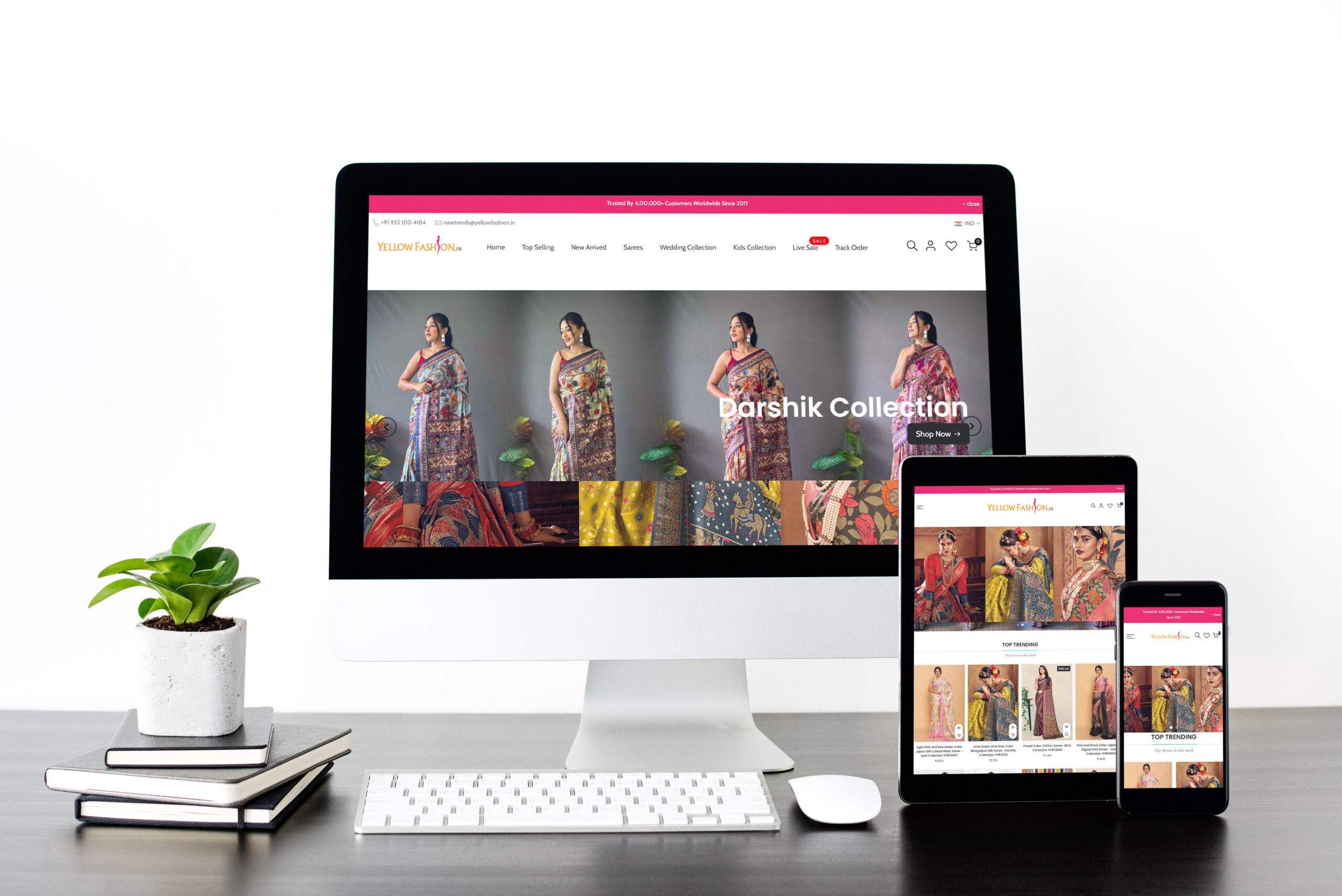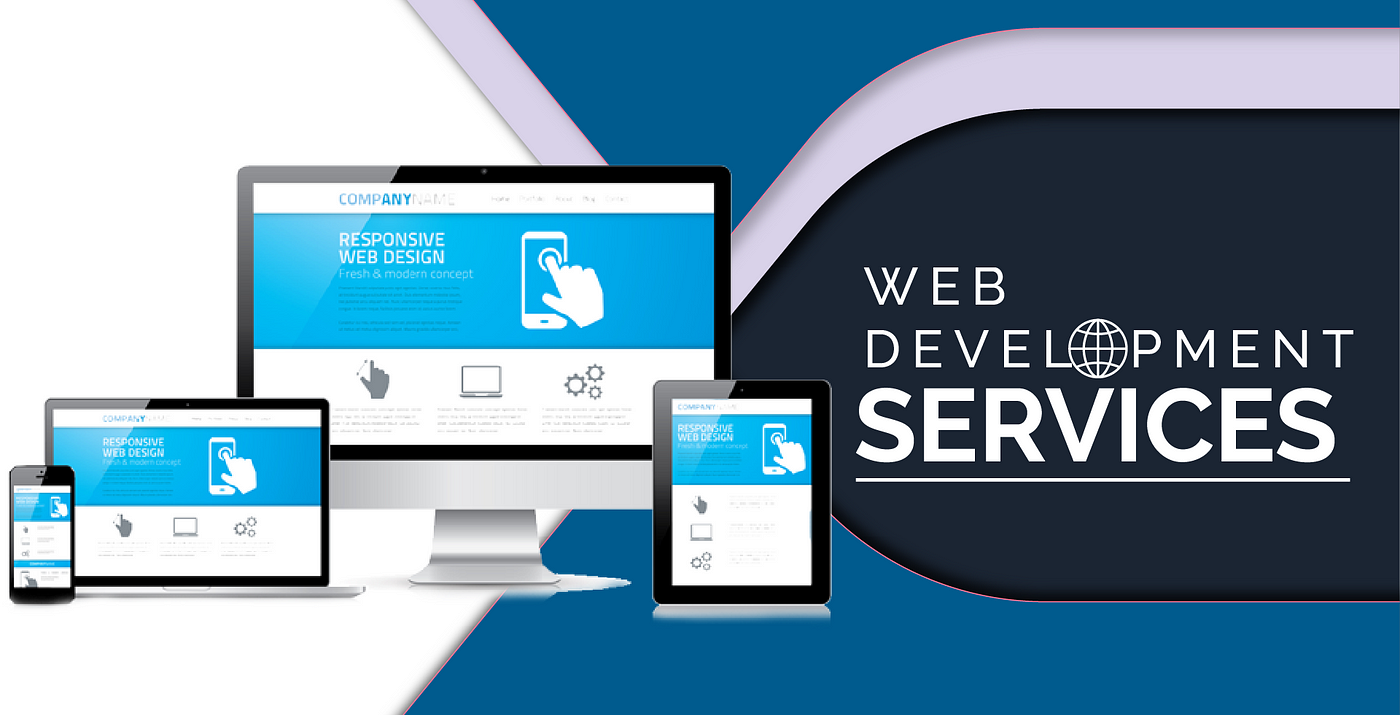The Psychology of Web Design
The psychology of web design is a fascinating field that combines the principles of psychology and web design to create emotionally intelligent interfaces. But what exactly does that mean? How can we create websites that not only look great but also resonate with users on an emotional level? To answer these questions, let's dive into the world of psychology and explore how it can inform our web design decisions.
The role of emotional intelligence in web design is crucial. As "emotional intelligence is the ability to recognize and understand emotions in oneself and others, and to use this awareness to guide thought and behavior" , we can apply this concept to web design by creating interfaces that understand and respond to users' emotional needs. For instance, a website that uses calming colors and soothing typography can create a sense of relaxation and tranquility, while a website that uses bold and vibrant colors can create a sense of energy and excitement.
The Role of Emotional Intelligence in Web Design
Emotional intelligence is not just about recognizing and understanding emotions, but also about using that awareness to guide our design decisions. By creating websites that are emotionally intelligent, we can build trust with our users, create a sense of empathy, and ultimately drive user engagement. But how do we do that? One way is to use the principles of psychology to inform our design decisions. For example, we can use the concept of cognitive biases to create interfaces that are more intuitive and user-friendly.

The Psychology of Color
Color is a powerful tool in web design, and it can have a significant impact on users' emotions and behavior. Different colors can evoke different emotions, and by using the right colors, we can create a specific mood or atmosphere. For instance, blue is often associated with feelings of trust and reliability, while red is often associated with feelings of energy and excitement. As "color is a powerful trigger that can evoke emotions and influence behavior" , we can use color to create an emotional connection with our users.
The psychology of color is a complex field, and there are many different theories and models that attempt to explain how color affects human behavior. One of the most well-known models is the color wheel, which shows how different colors are related to each other and how they can be used to create harmonious color schemes. By using the color wheel, we can create color schemes that are not only visually appealing but also emotionally resonant.
The Power of Storytelling in Web Design
Storytelling is a powerful tool in web design, and it can be used to create an emotional connection with users. By telling a story, we can create a sense of narrative and flow, and we can use that narrative to guide users through our website. For example, we can use storytelling to explain our brand's mission and values, or to showcase our products and services. As "storytelling is the most powerful way to communicate ideas and values" , we can use storytelling to create a sense of empathy and connection with our users.
The power of storytelling in web design is not just about telling a story, but also about creating a sense of immersion and engagement. By using interactive elements, such as animations and videos, we can create a sense of dynamic movement and energy, and we can use that energy to draw users into our story. For instance, we can use animations to illustrate key points or to create a sense of tension and release.
Designing for Cognitive Biases
Cognitive biases are systematic errors in thinking and decision-making, and they can have a significant impact on users' behavior. By designing for cognitive biases, we can create interfaces that are more intuitive and user-friendly, and we can use those biases to our advantage. For example, we can use the concept of anchoring to create a sense of context and comparison, or we can use the concept of social proof to create a sense of trust and credibility.
Some common cognitive biases that can be used in web design include:
- The availability heuristic, which is the tendency to overestimate the importance of information that is readily available
- The representativeness heuristic, which is the tendency to judge the likelihood of an event based on how closely it resembles a typical case
- The anchoring effect, which is the tendency to rely too heavily on the first piece of information encountered when making a decision By understanding these biases, we can create interfaces that are more intuitive and user-friendly, and we can use those biases to our advantage.
The Importance of Micro-Interactions
Micro-interactions are small, subtle animations and effects that can be used to create a sense of dynamic movement and energy. They can be used to draw attention to specific elements, to create a sense of feedback and response, or to simply add a touch of personality and whimsy to our website. As "micro-interactions are the secret to creating a sense of magic and wonder in web design" , we can use micro-interactions to create a sense of enchantment and delight.
The importance of micro-interactions cannot be overstated. By using micro-interactions, we can create a sense of immersion and engagement, and we can use that engagement to drive user behavior. For instance, we can use micro-interactions to create a sense of anticipation and expectation, or to create a sense of surprise and delight. By using micro-interactions in a thoughtful and intentional way, we can create a sense of dynamic movement and energy, and we can use that energy to draw users into our website.
Case Studies
So, how can we apply the principles of psychology and emotionally intelligent interfaces to real-world web design projects? Let's take a look at some case studies. For example, the website of a luxury fashion brand might use a combination of high-end imagery, sophisticated typography, and subtle animations to create a sense of luxury and exclusivity. On the other hand, the website of a non-profit organization might use a combination of bold colors, striking imagery, and interactive elements to create a sense of energy and urgency.
By studying these case studies, we can gain a deeper understanding of how the principles of psychology and emotionally intelligent interfaces can be applied to real-world web design projects. We can see how different design elements, such as color, typography, and imagery, can be used to create a specific mood or atmosphere, and we can learn how to use those elements to drive user behavior. As "the best web design is not just about creating a pretty website, but about creating an experience that resonates with users" , we can use the principles of psychology and emotionally intelligent interfaces to create websites that truly engage and inspire our users.
Gaming Psychology Overlap
The psychology of web design has a surprising overlap with the world of online gaming, where user experience and emotional intelligence play a crucial role in keeping players engaged. As we've explored the importance of creating emotionally intelligent interfaces, it's interesting to note that similar principles apply to the design of interactive games, where the goal is to create an immersive experience that drives user behavior. For instance, a well-designed game like Book of Yuletide slot online (Quickspin) can use psychology to create a sense of anticipation and reward, keeping players coming back for more. By understanding what drives human behavior and decision-making, game designers can create experiences that are both engaging and profitable, much like how web designers use psychology to create effective and user-friendly interfaces that drive conversion and engagement.
Conclusion
In conclusion, the psychology of web design is a complex and fascinating field that combines the principles of psychology and web design to create emotionally intelligent interfaces. By understanding the role of emotional intelligence in web design, the psychology of color, the power of storytelling, designing for cognitive biases, and the importance of micro-interactions, we can create websites that drive user engagement and conversion. As we've seen, the psychology of web design is not just about creating a pretty website, but about creating an experience that resonates with users. So, the next time you're designing a website, remember to think about the psychology of web design, and how you can use it to create a truly exceptional user experience.







